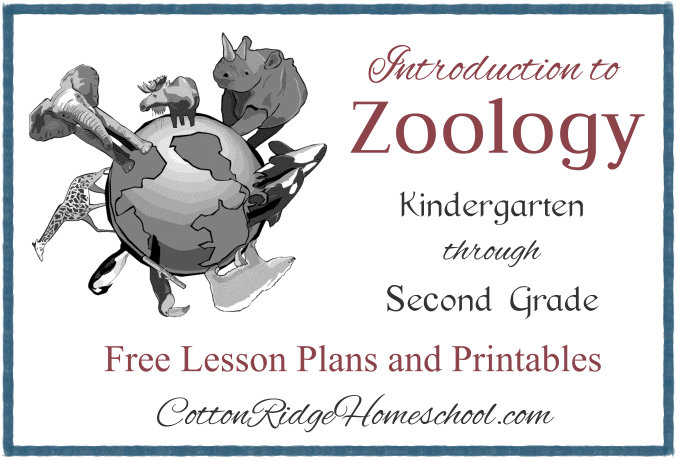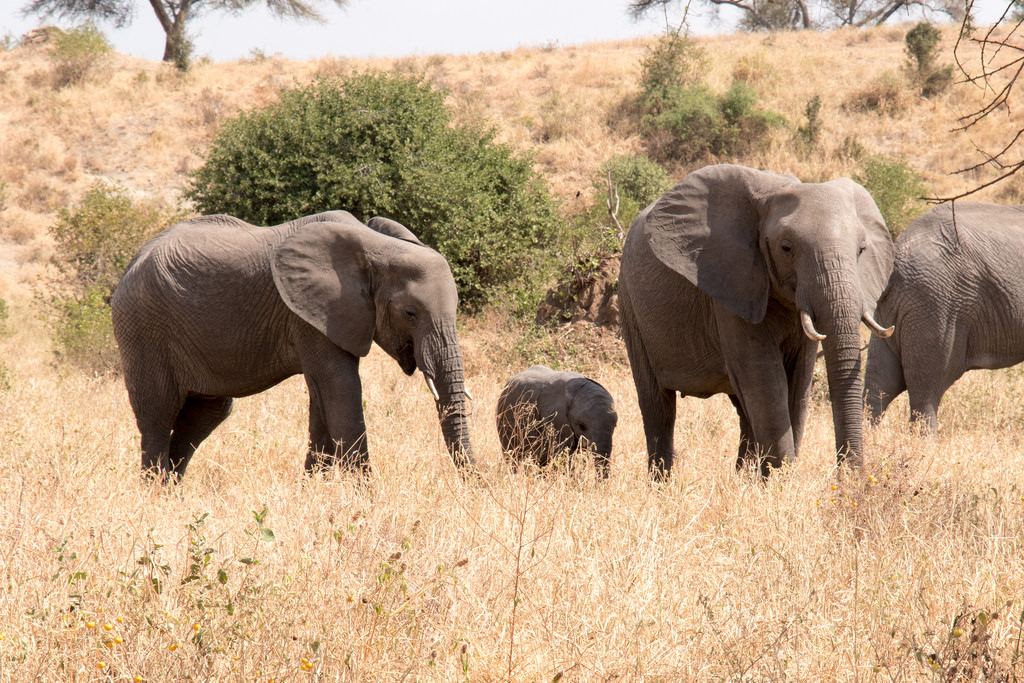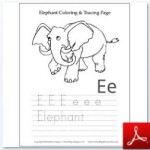Introduction to Zoology for Early Elementary Students ~ Week 9: Elephants

This post is part of the Introduction to Zoology series. For a suggested class schedule, an overview of the entire course, and links to more lesson plans, please see the Introductory Post.
My sincere apologies for the long delay in completing this series of Lesson Plans. I am very sorry for any inconvenience it has caused you! I hope to have the remaining lessons posted by the end of March.
In this lesson you will teach your students about elephants.
Disclosure: I was not compensated for this post. I am an affiliate of Amazon, and will receive a small commission if a link on this page is used to make a purchase.

Week 9 Lesson Plan
Note: The following schedule is for a 2-hour class. We also allowed time each week for Show-and-Tell, which is not included below.
1. Introduction & Map Activity (Floor: 5 Minutes)
There are two types of elephants – African and Asian. African elephants live in the rain forests of Central and West Africa, in sub-Saharan Africa, and in Mali. Asian elephants live in India, Nepal, and Southeast Asia in scrub forests and rain forests. (According to LiveScience.com.)
Place a picture of an Asian elephant and/or one of an African elephant on your map.
In my lessons I used the Discovery Kids Fabric Activity Map pictured at the right. I split the felt land mass, water body, and animal pieces into 12 different baggies, one for each lesson. Each week I distributed the felt pieces among my students and allowed them to place them on the map, using a picture of the completed map as a guide.
Alternate Map Idea
The Discovery Kids map appears to be discontinued, so instead, you can use a regular wall map or globe. Cut out small pictures of the animals you are going to learn about from magazines or old encyclopedias. (Or, print them from the internet.) During each lesson attach them to the appropriate area on the map or globe with removable poster putty.
2. Poetry (Floor: 5 Minutes)
The Llama Who Had No Pajama: Counting Out Rhyme (page 53).
3. Animal Encyclopedia (Floor: 5 – 10 Minutes)
Read one – four pages from a children’s animal encyclopedia about elephants. Encourage discussion by asking questions such as:
- “What is the most interesting thing you remember?”
- “Why do you think God gave elephants such long noses?”
- Point to the tusks. “Do you remember what these are called? What do elephants do with them?”
- “What is one difference between an Asian elephant and an African elephant?”
I mostly used DK First Animal Encyclopedia, and occasionally Usborne Children’s Encyclopedia of Animals for my lessons.
Use a free Animal Sounds app on your phone or tablet: find the animals you are studying in this lesson and play the sounds for your kids. My students loved this – especially when I let them touch the buttons to play the sounds! If you can’t find the sound for the animal you are studying, try finding some that live in the same habitat.
4. Activity Idea 1: Wild Noses (Table or Floor: 5 Minutes)
I found pictures of animals with funny noses in children’s magazines and encyclopedias. We looked at the pictures and discussed the names of the animals, their habitats, and other information the magazine or encyclopedia provided. Among the animals I found were the tapir, star-nosed mole and the proboscis monkey. A quick way to find pictures and information for this activity is to use this National Geographic blog post: 5 Animals With Weird Noses and/or this Treehugger blog post: 10 Animals With Shockingly Strange Noses.
5. Activity Idea 2: Woolly Mammoth Model (Table or Floor: 10 – 15 Minutes)
My daughter begged for this 4D Vision Woolly Mammoth Model at a natural history museum gift shop. Although I balked a little at the time, we have used it several times at home and at coop. The manufacturer’s recommended age range is 8 – 10 years old, but several of my kindergartener and first grade-aged students were able to put it together. It is built of quality plastic materials and should outlast our school-aged years. My only complaint is that the booklet showing how to put the model back together is very small, with small pictures. It does provide a nice overview of each organ and its purpose for older kids.
Half of the model, when put together, has a clear plastic cover over it so you can see the skeleton and organs. Take the cover off, and most of the skeleton and organs are removable. The manufacturer does not make an elephant model at the time of this post, but I figured the woolly mammoth is close enough for our purposes! The price has come down to about $22.00 (at the time of this post). I believe it is well worth the money if you plan to teach zoology or biology, or even if your kids are just interested in animals.
If you have several students, have them work on their zoology notebook pages (below), and call two or three at a time to take the model apart and put it back together. Tell them what each piece is as they removed them, and then again as it is put back together. I had them work in groups of three taking turns removing/replacing pieces, and this worked out well.
6. Zoology Notebook (Table: 10 – 15 Minutes)
Pass out binders and crayons, markers and/or colored pencils. Have your students color and trace on the Elephant page. Click on the thumbnail below to open the free printable PDF file. There are also Elephant coloring pages at education.com.
You can assemble the Animal Science Notebooks before the school year begins if you wish: click here for blog post with free printables, instructions, and list of printables.
7. Story and Snack (Table: 10 – 15 Minutes)
Read The Elephant Whisperer from National Geographic Kids Animal Stories.
Snack ideas: Animal crackers and/or Elephant Biscuits. Click here for instructions for this easy snack idea from the Brie Brie Blooms blog.

Be sure to check with your students’ caretakers for any food allergies ahead of time.
For more animal-themed snack ideas, please visit my Science For Kids – Snacks Pinterest board.
8. Art Project Idea: Draw An Elephant (Table: 10 – 15 Minutes)
Learn how to draw an elephant with this free download from education.com: How To Draw An Elephant.
See my Science For Kids – Life Science Pinterest board for more ideas!
Please feel free to comment below with your recommendations – I appreciate your ideas and suggestions!
Text and Images Copyright 2018 Kathryn Depew, except for the image of the Elephants, which is by Antoine Hottin on flickr.com
Disclosure: I was not compensated for this post. I am an affiliate of Amazon, and will receive a small commission if a link on this page is used to make a purchase.






Leave a Reply